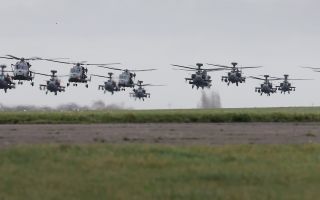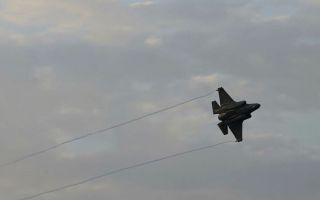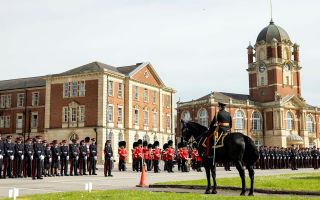
Tri-Service
Cuba Returns Hellfire Missile To The US

Cuba has returned an inert Hellfire missile, that was wrongly shipped to Havana in June 2014, to the United States.
The inactive missile, which contained sensitive technology but no explosives, had been shipped to Spain for a NATO training exercise, according to the Wall Street Journal.
It was then eventually taken to France before being accidentally loaded onto an Air France flight to Havana from Charles de Gaulle Airport in Paris. It should have been delivered to Florida.
A Cuban Foreign Ministry statement said the missile's arrival in the country was due to "mistake or mishandling in the country of origin", adding that "Cuba acted with seriousness and transparency and co-operated to find a satisfactory solution to this issue."
The loss of the missile, which remained in Cuba since the error in 2014, sparked fears sensitive military technology could have ended up in the wrong hands.
In early 2014 the missile was shipped by renowned defence contractors Lockheed Martin from an airport in Florida to Spain for use in a NATO exercise.
On the return leg officials loading a flight at Madrid airport noticed the missile had not been accounted for.
Eventually it was tracked down to Charles de Gaulle Airport in Paris where it was meant to be shipped back to Florida.
The warhead, however, wound up on an Air France flight to the Cuban capital, Havana.
When the plane landed a Cuban official noticed the label on the container and impounded the missile.
Hellfires are air-to-ground missiles typically fired from helicopters. Although initially designed as anti-tank weapons, they are often modernised and currently deployed from drones in anti-terrorism operations.
When asked about the issue, prior to the missile's return, White House spokesman Josh Earnest said:
"This is an issue that the administration takes very, very seriously. I think for quite obvious reasons."
Sources said the US had been trying for more than a year to get the Cuban government to return the missile, with officials worried that the country could share the advanced technology inside with countries such as North Korea, China or Russia.
The US and Cuba, once Cold War rivals, restored diplomatic relations in July last year.
They've been working to rebuild their economic and trade ties since, with an announcement expected this week on the reinstatement of a number of commercial flights between American cities and Havana.











